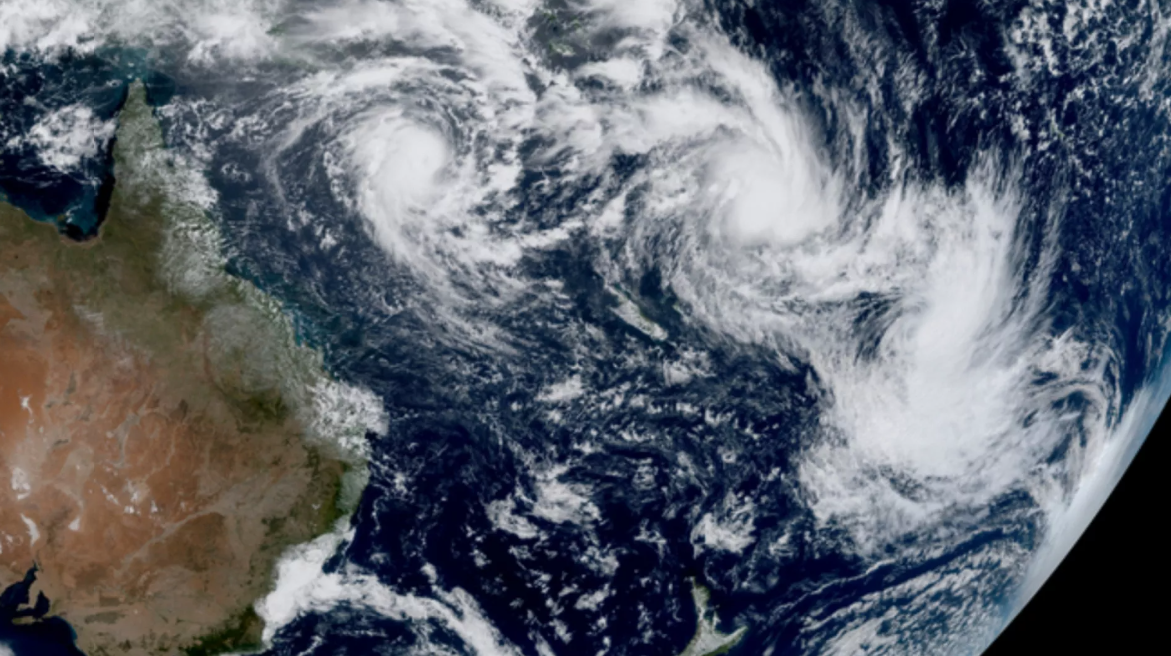
The study, published in Nature Sustainability, highlights how carbon emissions are altering atmospheric density, making it harder for space debris to naturally burn up upon reentry. This could lead to a significant increase in space junk, posing a major risk to satellites and future space missions.
How Climate Change is Creating a Space Junk Crisis
The same greenhouse gases that trap heat near Earth's surface also cool the upper atmosphere where satellites orbit. This cooling effect reduces atmospheric density at altitudes of around 400 km (where many satellites and debris reside), meaning less drag to pull objects down for natural disposal.
"We rely on the atmosphere to clean up our debris. There's no other way to remove it," says study lead author Will Parker, an astrodynamics researcher at MIT. "It's trash. It's garbage. And there are millions of pieces of it."
Without this natural cleaning process, defunct satellites and space junk will remain in orbit for much longer, increasing the risk of collisions that could generate even more debris—a phenomenon known as the Kessler Syndrome.
A Crowded and Dangerous Orbit
Currently, there are millions of pieces of space debris in Earth's orbit, ranging from tiny fragments to large, bus-sized objects.
- 11,905 satellites are currently in orbit, with 7,356 in low Earth orbit (LEO), according to tracking website Orbiting Now.
- Small debris (about 3mm in size) travels at bullet-like speeds and can cause serious damage.
- Larger debris (plum-sized and above) impacts with the force of a bus crash, making collisions catastrophic.
"There used to be this mantra that space is big, so we didn't have to be good stewards," Parker says. "But we now realize that climate change is making orbital sustainability a real concern."
The 2009 crash of two satellites created thousands of new debris fragments, showing just how fragile Earth's orbital environment is. With increasing space traffic, navigating a safe path through orbit is becoming more difficult.
A Call for Action
Experts like Ingrid Cnossen, a space weather scientist at the British Antarctic Survey, agree that this study highlights a new, urgent challenge in space sustainability:
"This makes perfect sense. Scientists must now account for climate change's orbital effects so that appropriate measures can be taken."
With atmospheric density declining by about 2% per decade, the situation is expected to worsen as greenhouse gas emissions continue to rise. Scientists and policymakers must now find ways to manage orbital debris and develop better regulations for satellite launches and decommissioning.
A Shrinking Orbit for Future Space Exploration
As climate change reshapes not just Earth but also space, the consequences extend beyond environmental concerns. Satellite networks essential for communications, navigation, and weather monitoring may soon be at greater risk of disruption.
With a potential 82% reduction in safe orbital space, the findings underscore the need for sustainable space policies, including improved debris management, more responsible satellite launches, and enhanced international cooperation to ensure Earth's orbit remains viable for future generations.